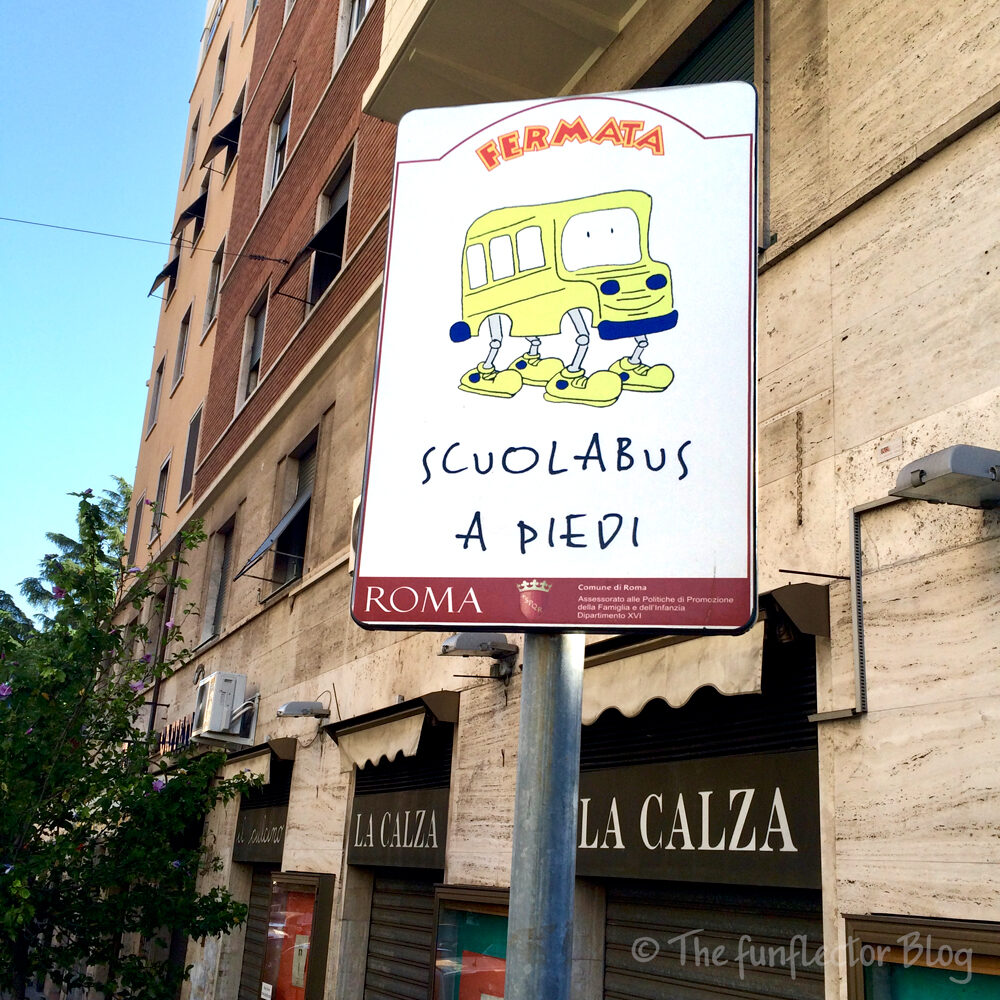What do you do when your school district doesn’t have enough school bus drivers to pick up all students in time for class? Some school districts tell parents to drive their kids to school. Others instead encourage parents to organize a “Walking School Bus”. A typical walking school bus is a group of elementary school children walking together to and from school along a fixed route. Kids who live along the route can join the group when it passes their home or designated stops. Depending on the size of the group, one or more parents supervise and teach the kids how to safely navigate car traffic and street crossings. The concept is used around the world, but the pandemic-induced school bus driver shortage has put a spotlight on the concept also in the car-centric United States.

Montgomery County, MD, is Leading The Way
We want to give a shoutout to Montgomery County in Maryland (NW of Washington DC)! They put out a press release last week about encouraging parents to organize Walking School Busses. The press release contains useful information for anyone interested in the subject. It has links to detailed resources on how to start a walking school bus. From the press release, we also learned that the county has their own Vision Zero plan. Wohoo!
Other Benefits of a Walking School Bus
Some school districts try to solve the bus driver shortage by asking parents to drive their kids to school. However, the air quality around schools deteriorates quickly when school kids arrive in separate cars. Often, it is even worse in the afternoon when parents idle in the school parking lot while waiting for their kids. The polluted air is linked to asthma exacerbation in children and can seep into the school’s ventilation system. Also, increased traffic near schools, often by stressed parents who are in a rush getting to and from work, makes walking more difficult for other students.
As we already have mentioned in our blog post about the benefits of walking, school kids who walk or bike to school perform better and focus better for up to four (!) hours after they arrive. That means better learning ability for over half of their school day! And then again walking home before starting homework. This enormous study in 2012 included almost 20,000 Danish schoolchildren aged 5-19. Read more about the study here or in this City Lab article with a lot of additional information.
Parents sharing the work to get the kids to and from school safely increases the sense of community for both parents and children.
Not All Neighborhoods are Suitable for a Walking School Bus
Some neighborhoods lack sidewalks and safe road crossings, which obviously make them less suitable for walking school busses. Others may just be too far away from the school. However, if some students in more walking friendly neighborhoods that are close to schools walk, then the yellow busses can be used in areas where there are no other safe or practical options.
Keep the Bus Going
Early September is a nice time for walking to school in most of the country. However, later on in the fall and early winter, some days will be wet, foggy, rainy, snowy and it might even be dark in the morning or afternoon. We strongly encourage students AND parents to wear reflectors or reflector vests for increased visibility and safety. We have worked with many schools to provide quality and stylish safety reflectors for their walk to school programs. The fun colorful safety reflectors are also fun trinkets to keep the motivation for the walking bus going through the darkest months. Read about the program at Vienna Elementary (VA) on our blog. Shoot us an email at info@glimling.com if you want to know more.
The funflector team
